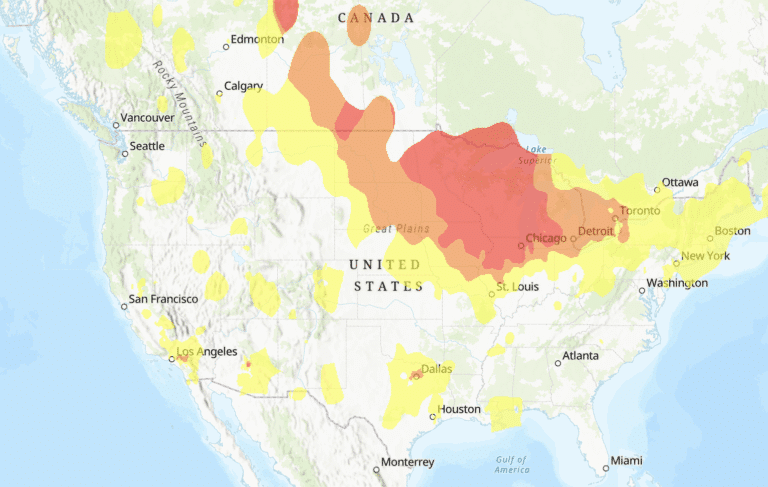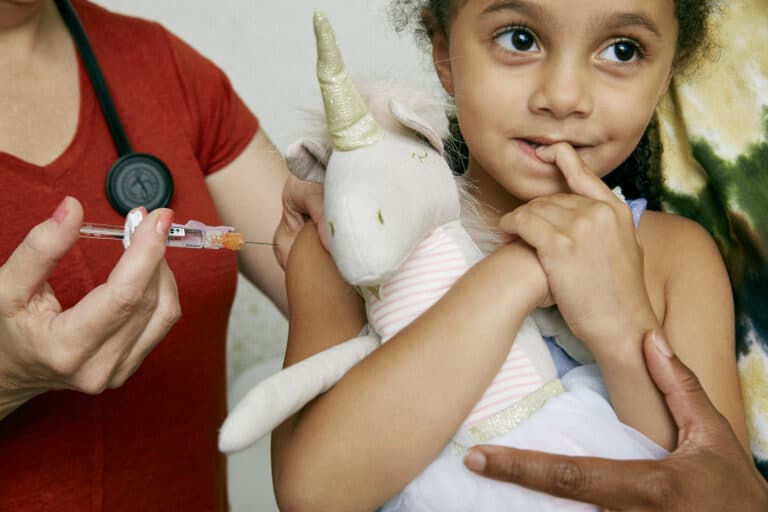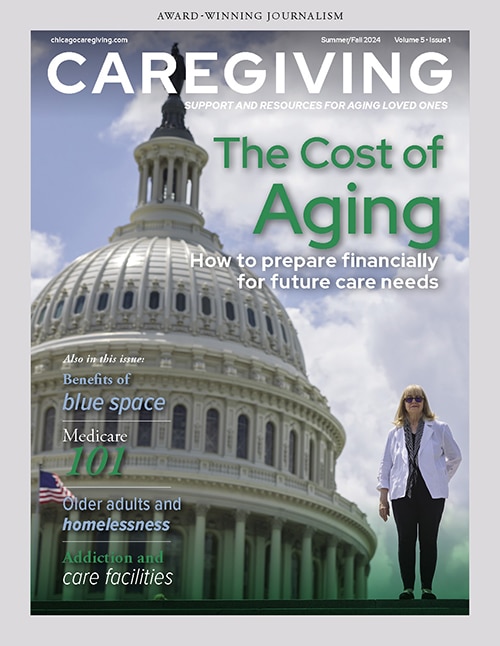Nearsightedness is a far-reaching problem, with more screen time and less outdoor time to blame
It’s a common sight: young children staring into the screen of an iPad or cell phone held inches from their face. Unfortunately, hours spent on “near” activities may have far-reaching consequences.
Such habits put people at higher risk for myopia — also known as nearsightedness — which means individuals can clearly see objects that are close, but ones at a distance appear blurry.
The American Academy of Ophthalmology (AAO) reports that 40% of kids in the U.S. today have myopia, a dramatic uptick over the 20% who had it just 30 years ago. It’s also a global health issue, particularly in some urban areas of Asia, where as many as 90% of kids are myopic, the AAO notes.
Studies in Asia point to risk factors that include a family history of myopia, as well as a higher level of education, more near-work, continuous reading without breaks and less time spent outside.
“The highest rates of myopia seem to be in East and Southeast Asia, where there is a whopping level of it in some countries,” says Peter K. Rabiah, MD, an ophthalmologist with NorthShore University HealthSystem. “But we have the same issue in the U.S. to some extent.”
Myopia is often diagnosed in children when they are 8 to 12 years old, according to the AAO.
While myopia may seem like a fairly benign problem easily solved by the use of glasses or contacts, researchers have linked it to the development of far more serious, vision-threatening conditions including retinal detachment, early cataract development, macular degeneration, glaucoma and even blindness, according to a study published in 2014 in the journal Eye.
Not only has the incidence of myopia increased, but experts like Daniel Press, OD, an optometrist with Park Ridge Vision, are diagnosing children with myopia at younger ages than before.
“Fifteen to 20 years ago, the most common age for the development of myopia was 10 or 11,” Press says. “Now we are more commonly seeing children develop myopia at ages 6 to 7.”
Outdoor time
Myopia results when the eye grows too long from front to back, causing light to focus in front of the retina instead of directly on the surface.
Risk factors for developing myopia include inheriting genetic mutations, reading, working on a computer and participating in activities that require close-up focusing. While studies have not proven why myopia is increasing so dramatically in young people, Press and others in the field suspect one main link.
“The leading thought, based on research, is that this phenomenon is due to children spending less time outdoors and more time indoors using technology,” Press says. “Time outdoors has been shown to delay the onset and lessen the severity of myopia.”
40% of kids in the U.S. today have myopia, a dramatic uptick over the 20% who had it just 30 years ago.
A 2018 study in the journal Ophthalmic Research supports the idea that time in natural light is good for kids’ eyes. The study doesn’t establish why spending time outdoors helps prevent myopia, but researchers speculate that natural light may stimulate the front of the eye or may induce the release of dopamine, which prevents elongation of the eye.
Rabiah recommends that children spend at least two hours a day outdoors, away from screens and exposed to natural daylight. To limit myopia progression, children should not spend all their time indoors doing near-vision activities, like reading or screen time, he adds.
Press agrees that it’s important to hit pause on screen time. “We talk about the 20/20 rule, which says that after every 20 minutes it’s time to take a break and look at something at least 20 feet away for at least 20 seconds,” he says.
Halting the slide
While some parents who learn their child has myopia take the diagnosis in stride, Rabiah says, others are devastated by it. Either way, he and Press say there are ways to keep myopia from getting worse.
“Most people are surprised when they find out we don’t have to keep increasing their child’s prescription every year — that there are things we can do about this,” Press says.
For some patients, eye specialists prescribe low-dose atropine drops, which can decrease the progression of myopia. The Food and Drug Administration has approved the medication for the treatment of lazy eye, but it is used off-label for myopia.
A 2015 AAO study found the low-dose medicated eye drops are effective. It reported that atropine eye drops with a concentration of 0.01% slowed down nearsightedness by about 50%.
Another alternative is ortho- keratology — rigid contact lenses that patients wear at night and take out during the day.
A study sponsored by the Illinois College of Optometry showed that the lenses reduced myopic progression by 36% to 56%. The lenses temporarily reshape the cornea and may be effective for adults who are not good candidates for Lasik eye surgery. However, the lenses have some drawbacks.
“There are some concerns that the lenses aren’t the most comfortable, can cause eye infections and are expensive,” Rabiah says.
The American Optometric Association recommends that children have a comprehensive eye exam at specific intervals: once between 6 months and 12 months old, at least once between ages 3 and 5, again before starting first grade and annually thereafter.
For parents who want to keep their children’s myopia from worsening or who want to get ahead of it before it becomes a problem, Press advises seeking out an optometrist or ophthalmologist who focuses on the problem. Check their website to see if they have a page dedicated to myopia, or call their office to ask if they measure or monitor the axial length of the eyeball in children, he says.
Another important message for parents: Myopia is better treated sooner than later.
“You can’t reverse it,” Press says. “That’s why it is so important to get ahead of it.”
Originally published in the Spring/Summer 2020 issue.

Annemarie Mannion is an experienced journalist who has covered health and wellness for major newspapers, magazines and associations.













